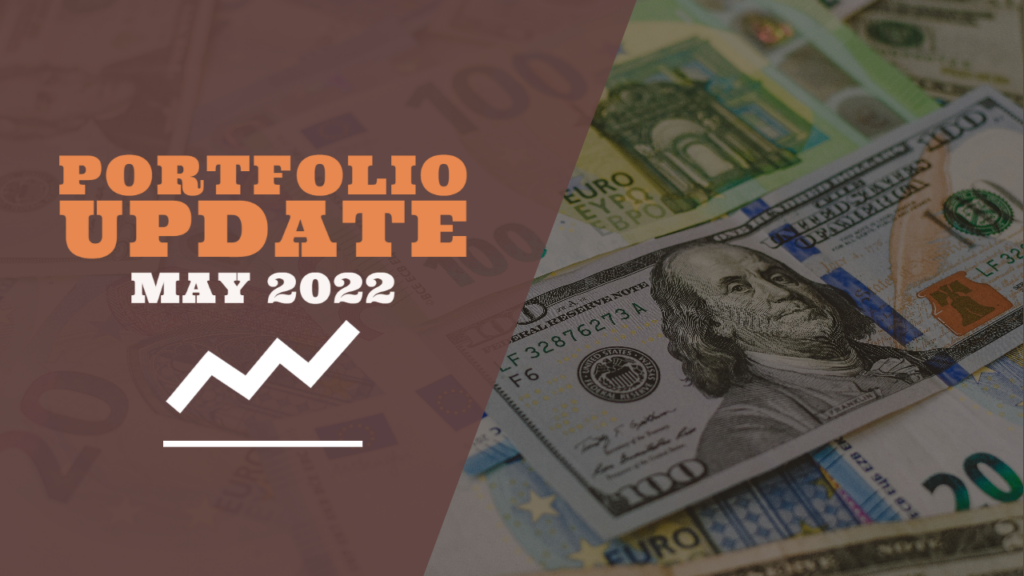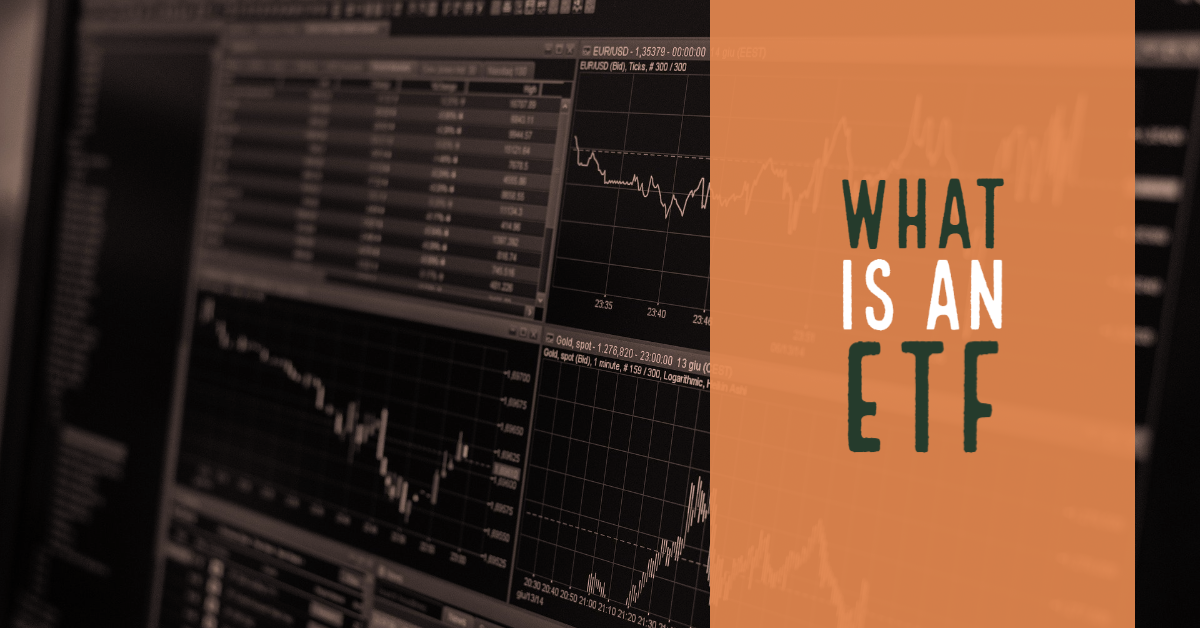You have probably heard about stocks and the stock market. Maybe you are thinking about investing yourself and you came across the term ETF. Are you not sure about what an ETF exactly is? Let’s find out!
ETF
ETF stands for Exchange Traded Fund. Such a fund is a type of security that is made up of other securities. An example of such security is a stock. An Exchange Traded Fund is also listed on exchanges. Therefore, shares can be traded during trading hours, just like stocks as well. In short, this also means that the share price of an ETF fluctuates all day as its share are bought and sold.
These funds can contain a lot of different investments. For example stocks, commodities, bonds, even a mixture of them. ETFs often track an underlying index but they can also track any industry sector or use various other strategies. Since an ETF can hold hundreds or even thousands of assets, they are a popular choice for easy diversification. In conclusion, It is not difficult to create an easy portfolio that only contains 2-3 funds. If you are interested in the portfolio that I want to go for, you can check it out here.
Index
What is an index? A well-known example is the S&P 500 index. This index tracks the 500 biggest companies in the USA. If an ETF follows this index it means that it invests in all the stocks that the index contains. Another example is the BEL20 which tracks the 20 biggest companies in Belgium.
Costs
There is often a small cost that comes with owning an ETF. It is called TER or Total Expense Ratio. The company that manages the ETF will deduct a small amount of the Net Asset Value of the fund to cover operational costs. These fees are fairly low most of the time these days. The biggest fund that I invest in has a TER of 0.20%/year which is barely noticeable.
Dividends
If the ETF holds companies that pay out dividends there are two options. Either the fund will reinvest the dividends for you which will be reflected in the NAV (Net Asset Value) and thus also the share price, or the ETF will pay out the dividends to you on a monthly, quarterly, … basis. These funds are respectively called Accumulating- and Distributing ETFs and if you want to know a little more about them you can check out this post!
ETF Overview
- An ETF contains multiple securities
- It trades on an exchange just like stocks
- It can contain all types of investments
- They have an expense ratio which is often quiet low





Nice post! short, simple and clear!
Thanks for the support Jonathan!
I really appreciate it 🙂
Great content! Super high-quality! Keep it up! 🙂
Awesome content. I’m learning about it and your website is being very helpful.
Idea for an article: you could write an article about the strategy of trading ETFs… Should I trade them daily like I would with stocks? (I know I can, but should I?) Also a comparison about platforms for trading.
Hey Augusto,
Thank you for your reply! I will take your ideas into consideration! 🙂
Michiel
Thank you for the good writeup. It in fact was a amusement account it.
Look advanced to far added agreeable from you! By the way,
how could we communicate?
You can connect with me through the contact form on my homepage! 🙂